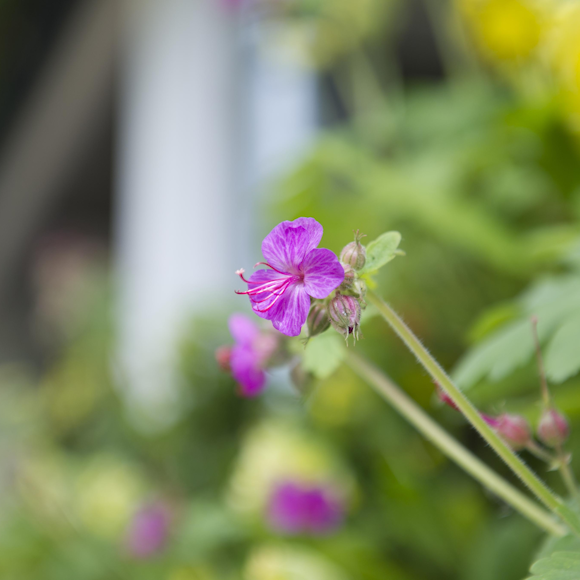The urbanisation of our spaces is predicted to reach 66% by the year 2050, with a total of over six billion people living in an urban environment. These areas are often characterised by high rise buildings, closely packed structures, and limited green spaces, but there are smart ways to increase biodiversity in urban areas.
A living wall offers many vital benefits for biodiversity and local ecology, especially in areas where natural green spaces are limited. Access to nature and green spaces is vital for both our physical and mental health, as well as the health of the planet, and yet urban areas account for around 70-90% of human activity, despite only covering 2-4% of the world’s surface. We can diversify our urban areas by finding more opportunities for green infrastructure and adding a living wall is a highly effective way to increase biodiversity in towns and cities.
How can we do this?
Understanding how to utilise the power of a natural living wall is key if we want to reap the benefits for biodiversity and local ecology. There are many different ways to maximise a living wall to boost an area’s biodiversity, including:
Diversify plant species
Choosing a wide range of plant species, including seasonal plants and native plant species, is vital to maximise biodiversity. Variety can also be created with spring bulbs and flowering plants that bloom at different times of the year. This maximises the living wall’s space and ensures there’s a diverse range of seasonal plants with different benefits.
A biodiverse range of plants also encourages wildlife and can even improve the air quality in the surrounding area.
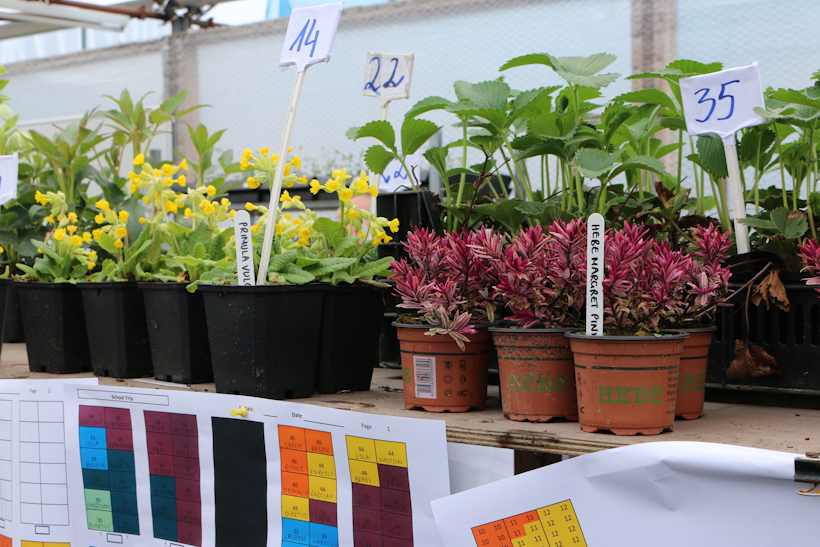
Create habitats
Alternative ecological habitats can also be added to a living wall, including nesting boxes for birds, bat boxes and ‘insect hotels’. Many animal species have adapted to urban environments but providing the right habitats can provide homes for rare species and help to conserve natural ecosystems.
Research has shown that connectivity between urban and natural areas enhances biodiversity and living walls have been proven to be of particular importance to species like woodlice and spiders.
Image is of living wall at Brackenbury Road private residence.
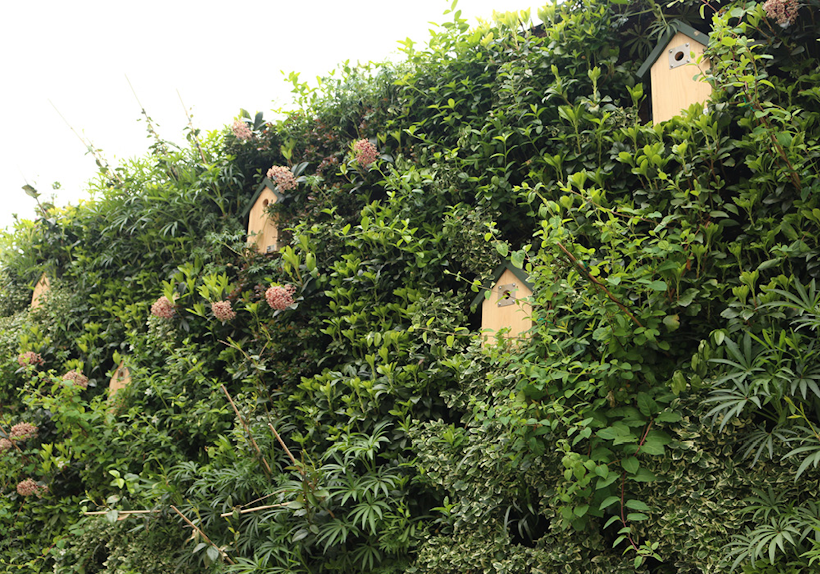
Add sources of nectar and pollination
Introducing sources of nectar and pollination to a plant palette is important if you want to boost biodiversity. Bees, hoverflies, moths and butterflies all need sources of nectar and pollen to thrive and to continue to pollinate other plants throughout the area.
Image is of living walls at Foundation Park car park.
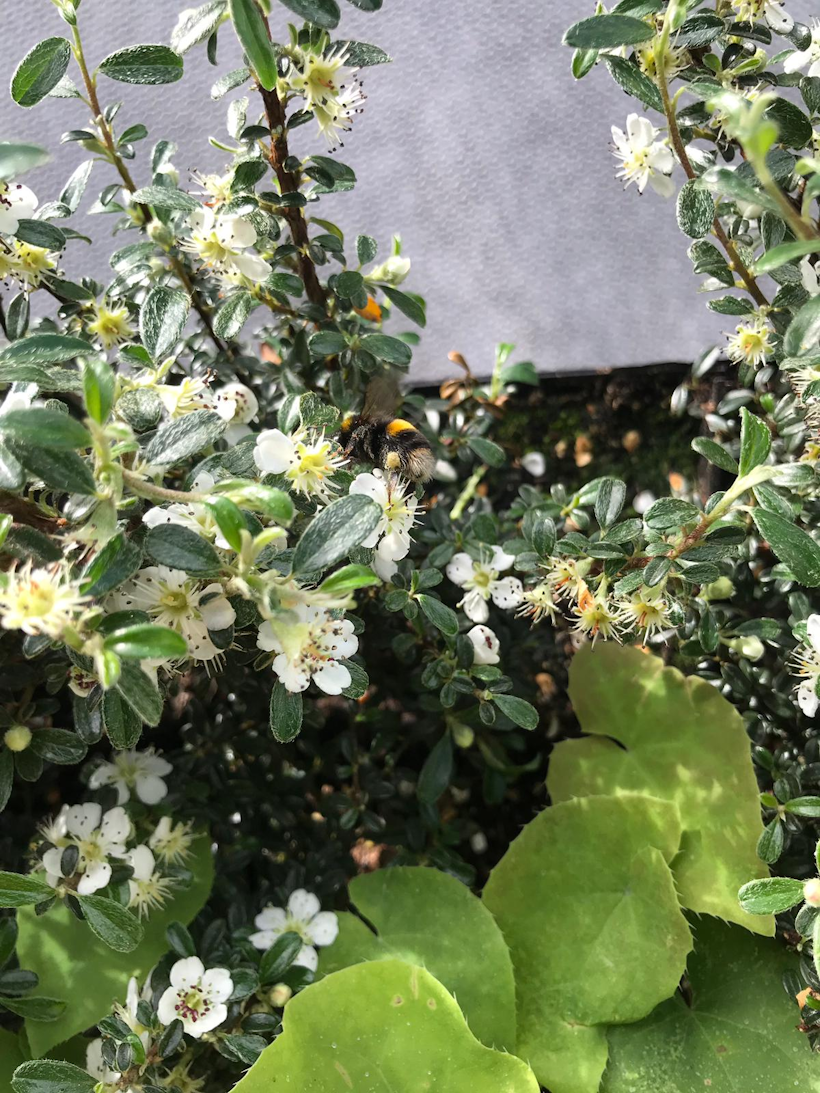
It’s estimated that honey bees pollinate one-third of all food crops we consume, so incorporate plant species that will yield sources of nectar and pollen. This will also encourage animal and insect species to return to an urban area, which helps to improve and support the local ecosystem.
Soil-based systems
Soil itself is an ecosystem and its addition helps to increase the biodiversity of a living wall. Soil-based systems allow for greater diversity in plant species selection, as well as effectively storing water and providing a safe habitat for burrowing insects.
Biodiversity with soil-based living walls is almost incomparable with non-soil based systems, as it provides an ecosystem for a variety of species, enables the planting of spring bulbs and pollinator planting to provide sources of nectar.
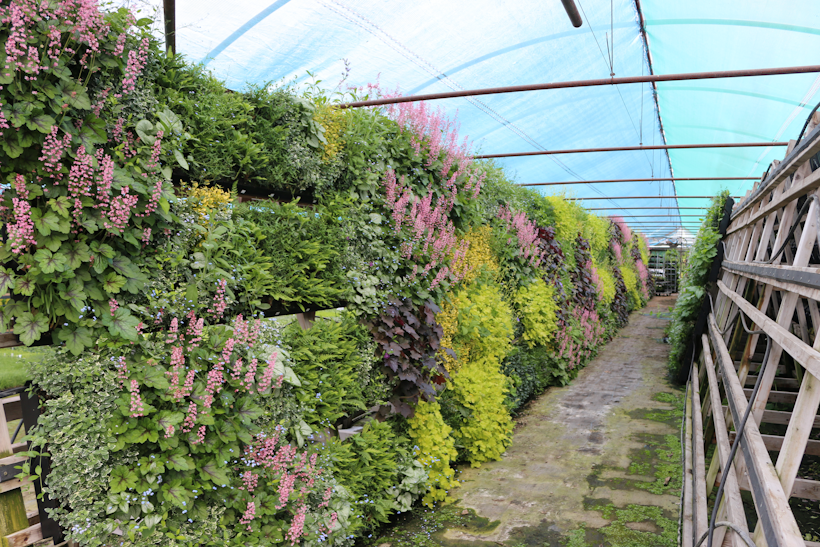
In the summer we ran a live webinar on how to maximise a living wall for biodiversity, where our most experienced member of the team, Steve McIntyre, ran a 20 minute session to discuss the potential there is in one living installation to improve local biodiversity and ecology.
You can access the recording of this webinar in our biodiversity content library which we've created to compile the six most popular webinar sessions of all three series - take a look at the library here.
We’re committed to maximising the biodiversity of our living walls here at Viritopia, with a focus on soil-based systems and additions like nesting boxes for bats or birds. For an introduction to our work and to find out more about how we could introduce some biodiversity to your workplace, click here.
-Copy_0.jpg?w=4000&q=90&auto=format&fit=crop&crop=edges,focalpoint&fm=png)

